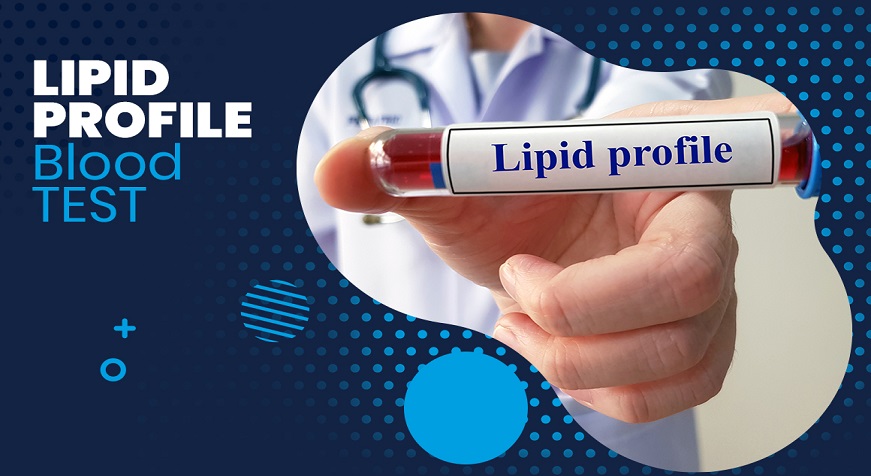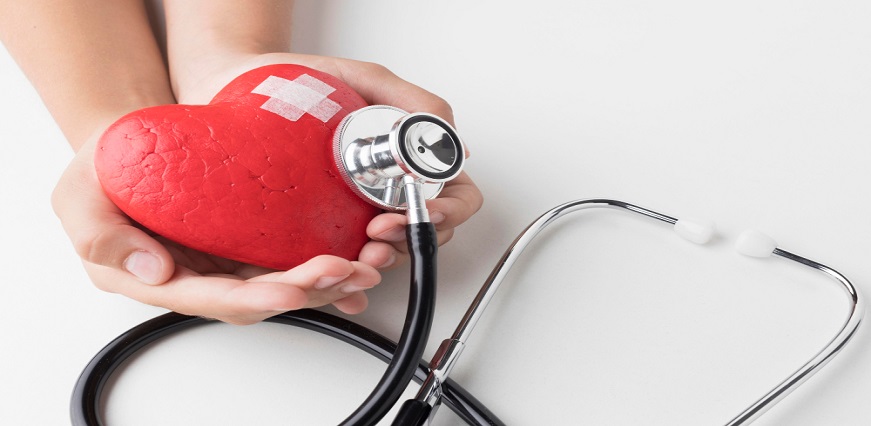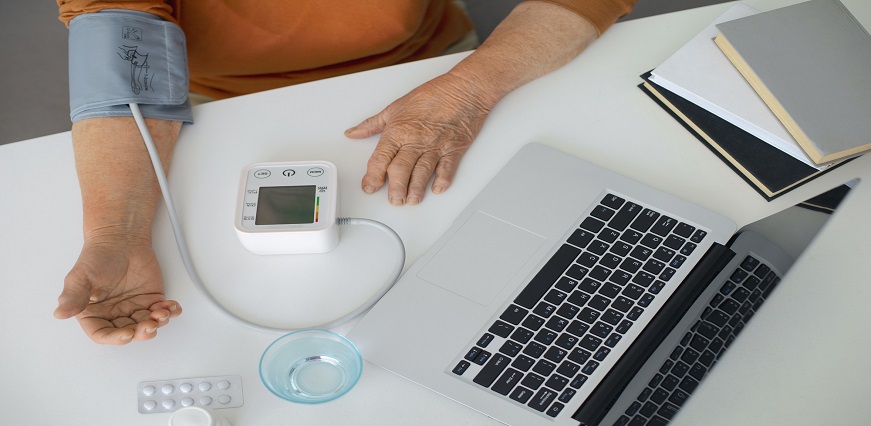Lipids are organic compounds such as fats, oils, and hormones that are present in the human body. They have vital functions in the body, including helping in digestion, providing insulation, and providing an energy source to the different body parts.
What is the Lipid Profile Test?
A lipid profile test is a test that measures the amount of lipids (cholesterol and fat) present in the blood of a person. During this test, lipoprotein particles that are responsible for carrying lipids throughout the body are measured. The test aims to measure the amount of cholesterol present in these lipoprotein particles. The final results of the lipid profile test consist of four separate measurements of cholesterol along with a triglyceride level.
Lipid profile testing is a part of a lipid panel test that has several other tests that are done to know the cholesterol level in the body. Usually, a doctor recommends getting a cholesterol test done every 5 years for a healthy person and once a year for people who are at high risk of cardiovascular diseases.
Some of the active symptoms of an elevated lipid profile are:
-
Lipid Disorder
-
bump on the skin
These symptoms arise due to these common reasons:
-
Obesity
-
Sedentary Lifestyle
-
Poor diet
-
Family history
-
Smoking
-
Pre-existing medical conditions
-
Heart disease
-
Diabetic person
Purpose of the Lipid Profile Test
If the human body has too many lipids, they can build up in the arteries and increase the risk of cardiovascular diseases. So, medical professionals recommend this test to assess the risk of heart disease, heart attack, or stroke. This test can be recommended to people of all age groups, including children, adults, and the elderly. The doctor may also recommend this test as a routine one, as many underlying health conditions may not show active symptoms. Furthermore, lipid profile tests can be conducted to monitor the progress of treatment for certain medical conditions.
Lipid Profile Test Levels
The lipid profile test includes:
-
Total lipids
If the lipid profile test report is in the normal range, then it means that the person is not at high risk of developing cardiovascular diseases. If the lipid profile interpretation is not in the target range, it does not always confirm the presence of any disease. There are several other factors that may affect the test results, such as age, recent medical history, and the overall health of a person. If the test results are not in the normal range, the doctor usually suggests additional tests, such as a diabetes test and thyroid function tests, to check the risk score.
Lipid Profile Test Results
If the doctor has suggested that the patient undergo a lipid profile test, the person can enquire about the test price and book a slot at Max Lab's official website. They can go to the nearest Max Lab center to get the test done or call a phlebotomist for home sample collection. Ideally, this test is conducted in a fasting state. So, the person should confirm with their doctor whether they need to fast or not. The test reports do not take much time after the blood sample collection. The reports are usually generated within a day of sample collection. One can download the test report from the official website of Max Lab or pick up a physical copy of the report from the nearest center.
The test reports must be taken to the doctor, who can suggest the right course of treatment. If the lipid profile parameters are not in the target range, the doctor may ask for some other tests or suggest medications.













 7982100200
7982100200






















 To reach our help desk call 9213188888
To reach our help desk call 9213188888.png)
Comments